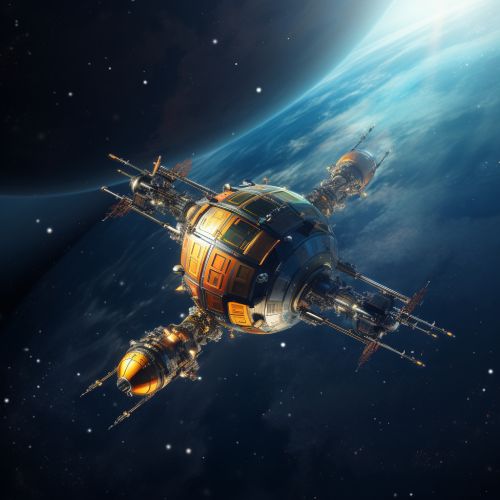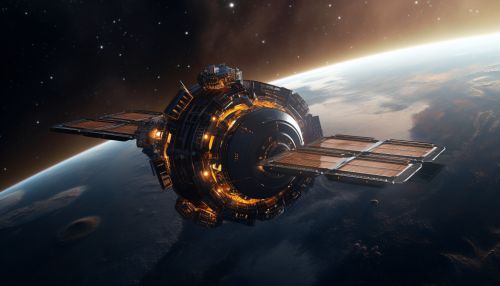Solar System
Introduction
The Solar System is the gravitationally bound system comprising the Sun and the objects that orbit it, either directly or indirectly. Of those objects that orbit the Sun directly, the largest eight are the planets, with the remainder being smaller objects, such as dwarf planets and small Solar System bodies. Of the objects that orbit the Sun indirectly—the moons—two are larger than the smallest planet, Mercury.
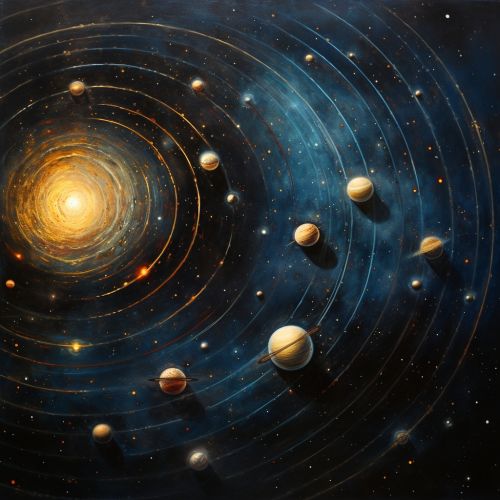
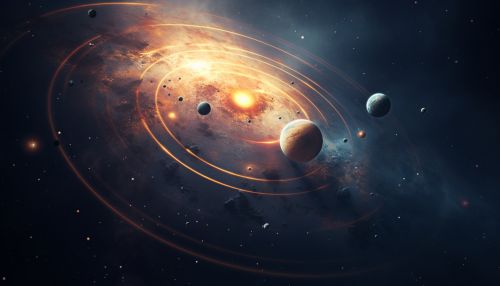
Structure and Composition
The Solar System is composed primarily of empty space, with bodies of substantial mass located at widely separated intervals. The four smaller inner planets, Mercury, Venus, Earth, and Mars, also called the terrestrial planets, are primarily composed of rock and metal. The four outer planets, called the gas giants, are substantially larger and more massive than the inner planets. The two largest, Jupiter and Saturn, are composed mainly of hydrogen and helium; the two outermost planets, Uranus and Neptune, are composed largely of ices, such as water, ammonia and methane, and are often referred to separately as "ice giants".
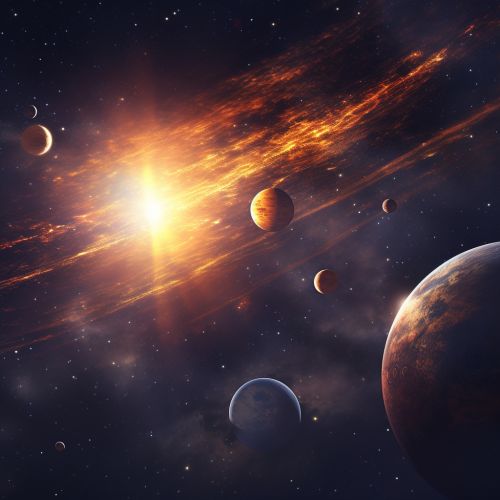
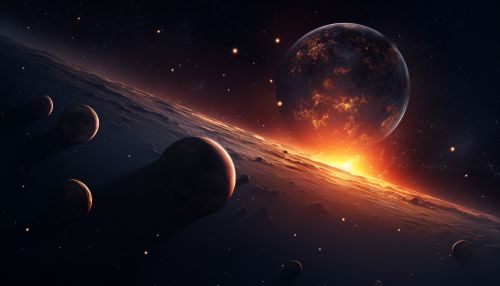
Formation and Evolution
The Solar System formed 4.6 billion years ago from the gravitational collapse of a giant interstellar molecular cloud. This initial cloud was likely several light-years across and probably birthed several stars. As is typical of molecular clouds, this one consisted mostly of hydrogen, with some helium, and small amounts of heavier elements fused by previous generations of stars. As the region that would become the Solar System, known as the pre-solar nebula, collapsed, conservation of angular momentum caused it to rotate faster.
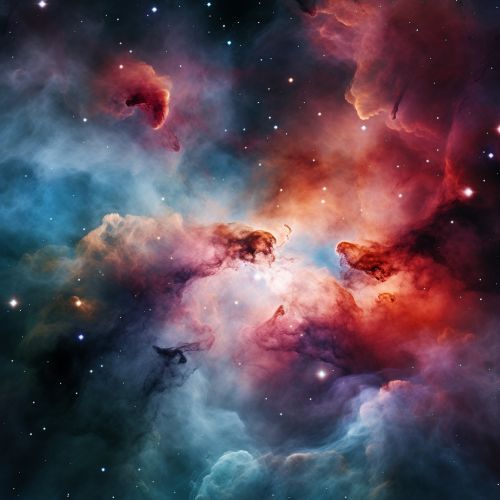
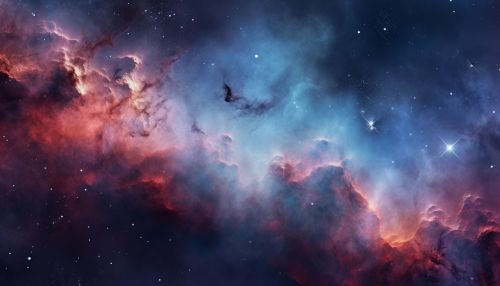
Planets
The planets of the Solar System can be divided into categories based on their composition: the terrestrial planets, the gas giants, and the ice giants. Each category has its own set of characteristics and physical properties.
Terrestrial Planets
The terrestrial planets are the four innermost planets in the Solar System: Mercury, Venus, Earth, and Mars. They are called terrestrial because they have a compact, rocky surface like Earth's. The terrestrial planets are the closest to the Sun and are smaller than the gas giants.
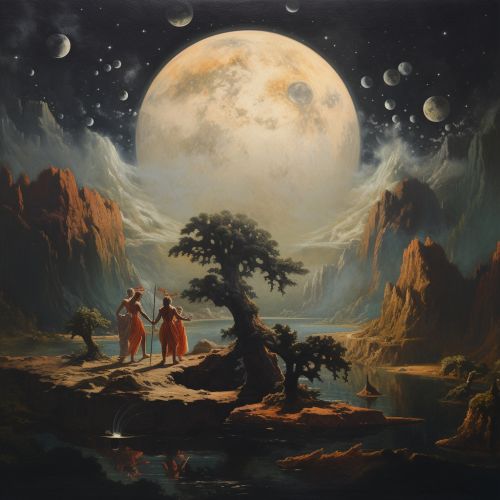
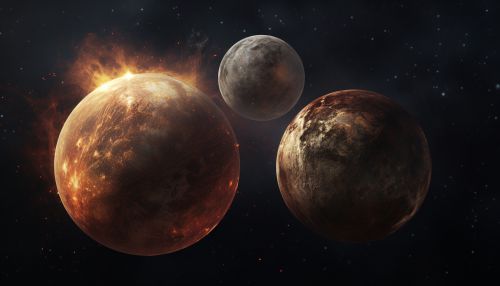
Gas Giants
The gas giants, Jupiter and Saturn, are the larger of the planets and are composed primarily of hydrogen and helium. They have thick atmospheres and are known for their ring systems.
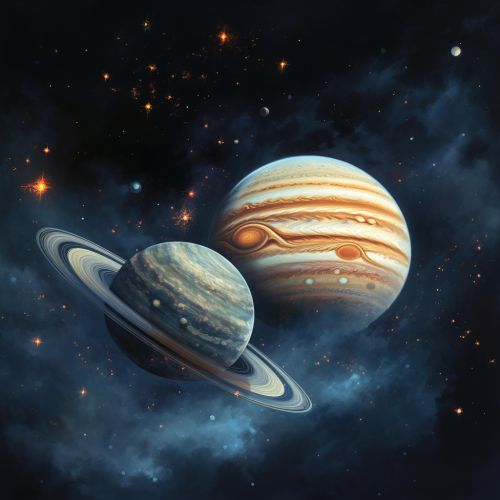
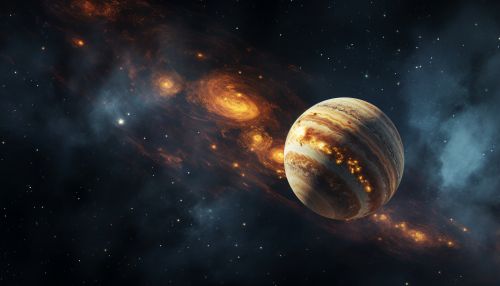
Ice Giants
The ice giants, Uranus and Neptune, are composed largely of ices, such as water, ammonia and methane. They are the furthest planets from the Sun and have a bluish color due to the methane in their atmospheres.
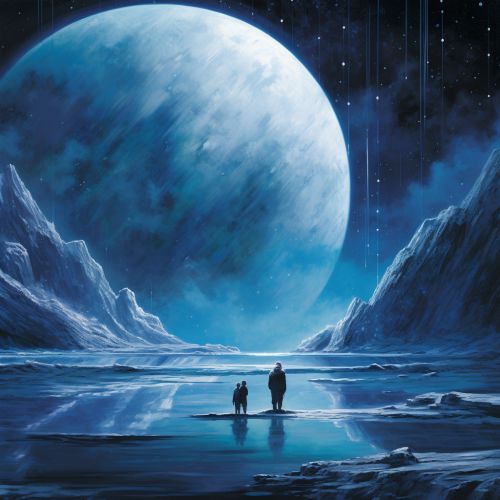
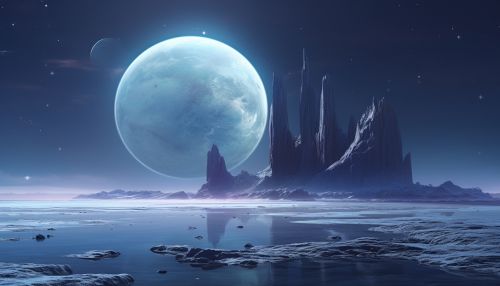
Other Objects in the Solar System
In addition to the planets, the Solar System also contains a number of other types of objects. These include the asteroids, the comets, the Kuiper Belt, the Oort Cloud, and interplanetary dust.
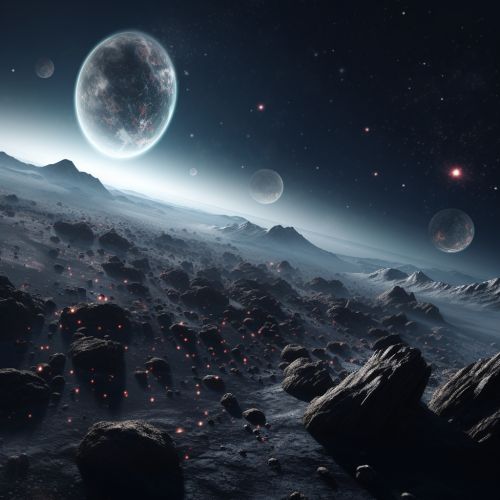
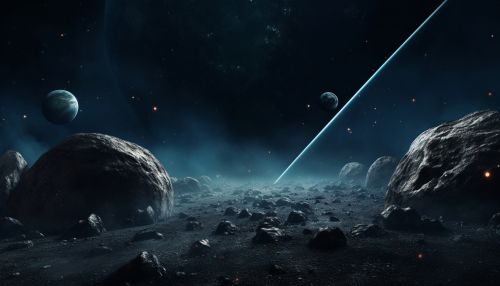
Exploration of the Solar System
The exploration of the Solar System has been conducted primarily by robotic spacecraft. Missions to the outer planets, asteroids, and comets have provided information about the structure and composition of these bodies, which has led to significant insights into the formation and evolution of the Solar System.
